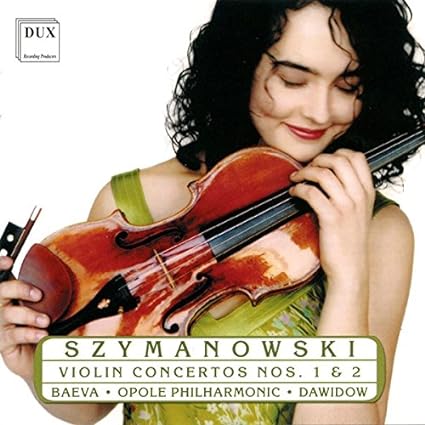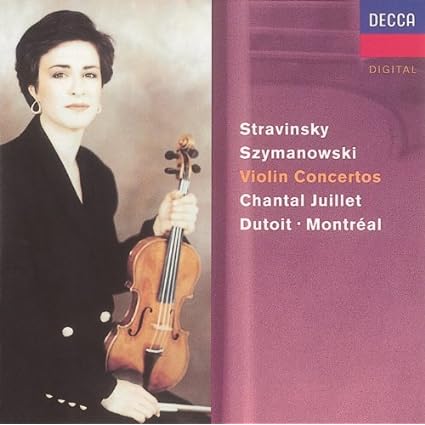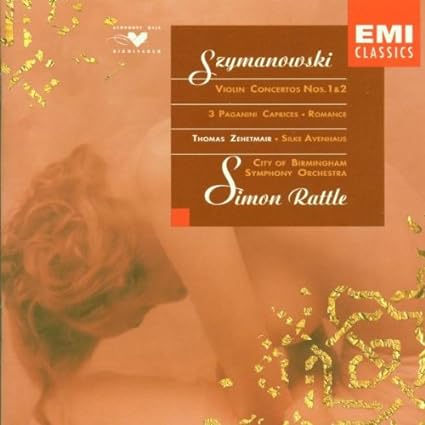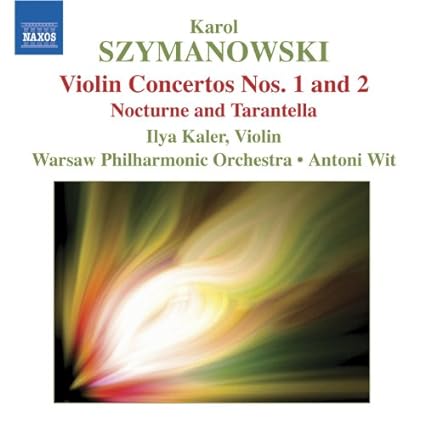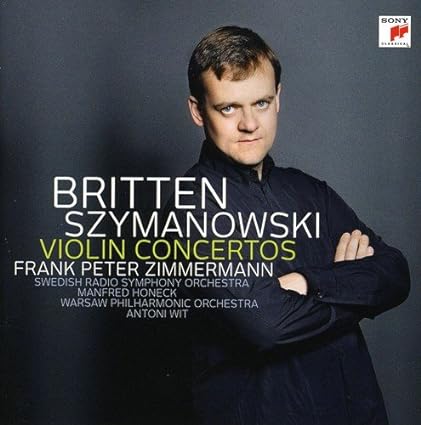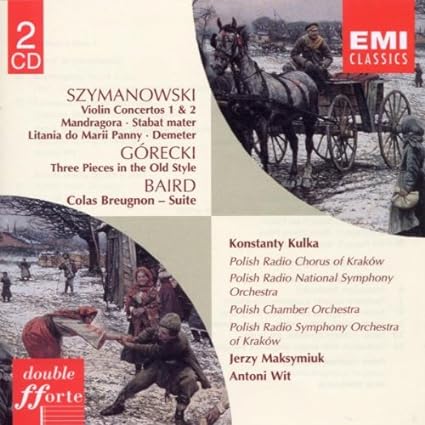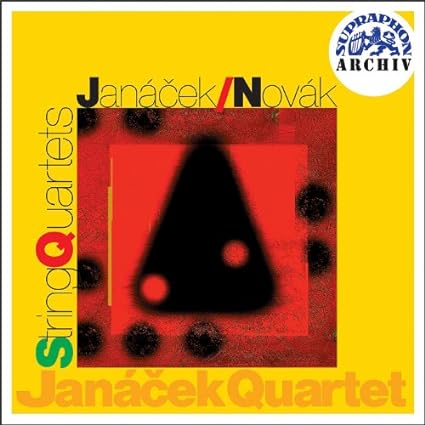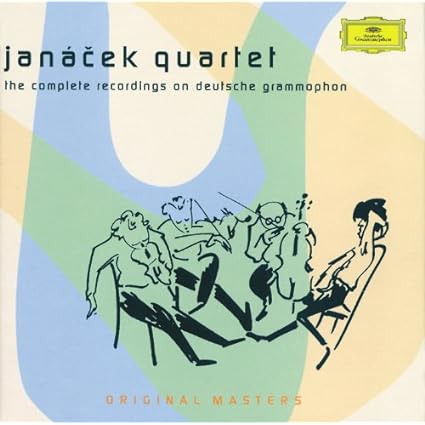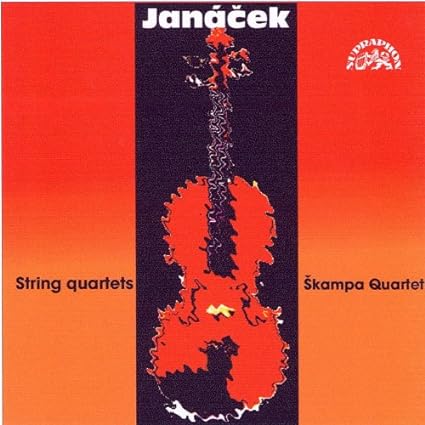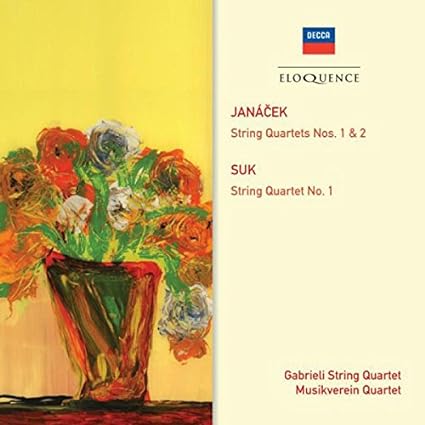Todd A
pfm Member
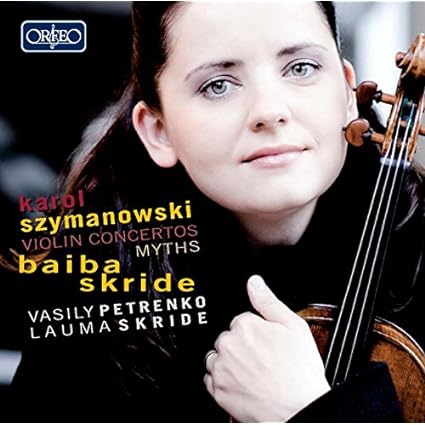
I figured I might as well do some brief descriptions of collections I've amassed of some works without necessarily even trying, or at least without thinking about it too much. To start, I think I'll revisit all seven of the Szymanowski Violin Concerto sets in my collection to see if any newer ones are better than Kulka/Maksymiuk. It's not a strict A/B type thing, just some weekday listening for a while. After this is done, I'm thinking maybe the ten sets of Janacek's String Quartets in my collection. I've ripped almost my entire non-opera collection, so going through my collection is almost too easy. Since I've not listened to some of the recordings in a long time, it could be fun.
First up, Skride and Petrenko are excellent, but I could have done with more lush romanticism at times. Skride's playing is outstanding, her precision admirable. Listening through cans, her highest notes sound sweet and clean, and Mythes, with her sister, is outstanding.
Amazon UK link
This site contains affiliate links for which pink fish media may be compensated.


